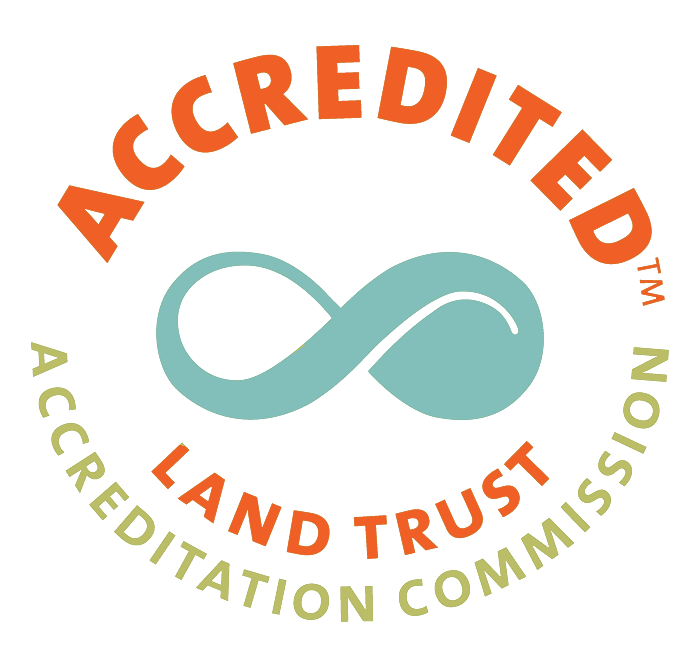Remember the March Hare and his pal the Hatter in Lewis Carroll's Alice's Adventures in Wonderland?
Both were a bit crazed or mad as the Cheshire Cat said. The hatter, we may surmise, from mercury poisoning (used in felt making for hats) and the Hare, well, blame it on March.
Hares are normally shy and timid creatures. But suddenly, come March and their breeding season, they'll be out boxing other hares, hopping about quite heedlessly looking for their true loves, and thumping the ground just because. In other words, acting a bit mad.
March Hare and Hatter stuffing Door Mouse into a teapot.
The snowshoe hare (Lepus americanus) is common in the North Country, particularly in brushy areas and forest edges. Usually not easily seen, they are experts at concealment and often freeze at the approach of a person or predator.
Ecologists use the term crypsis for the ability of an organism to avoid detection. The hare's cryptic strategy is chromatic: its fur changes color in response to the environment. As daylight decreases, its coat becomes the color of snow for winter.
As daylight increases toward spring, its coat becomes a forest-floor reddish-brown.Year-round, snowshoe hares have coal-black eyes. In snow, you may spot a hare motionless beneath a small evergreen when the snow weighs its boughs down like a little tent. Just look for those black eyes.
The best telltale for hares are the tracks. The toes on their large, furry feet open wide like snowshoes as they bound along. Their big feet keep them buoyant in the snow, and their powerful haunches can propel them an impressive 27 mph on a high speed getaway from the jaws of lynx, bobcats, coyotes, and dogs.
And yes, hares do breed prolifically. From March until August it is open season for breeding and a female can have 2-3 litters per year of 3-5 leverets (baby hares). For hares it is possible to be 'mad as a March hare' for six months of the year.



